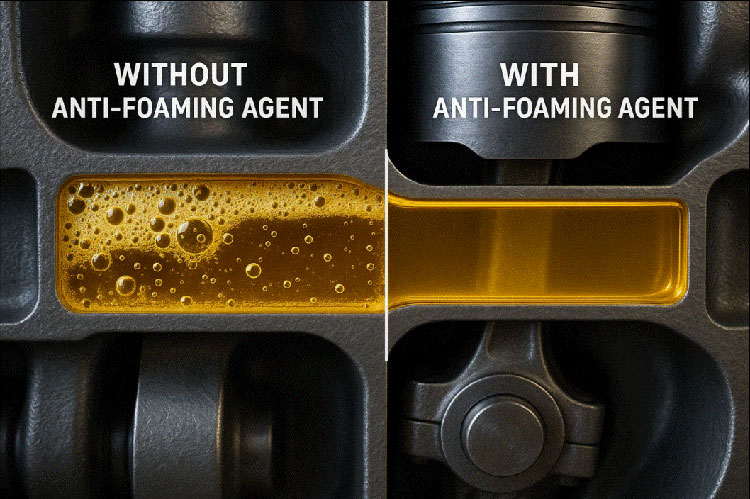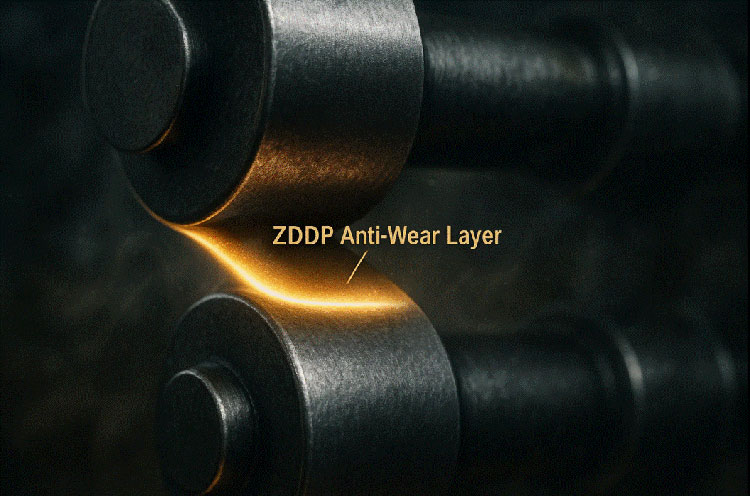Luke's Car Tips & Auto Maintenance Advice
Luke's posts regular blogs to offer you great information and advice about your car maintenance. Check back often for new posts. Search for a specific topic!
 Luke Shaff
Luke ShaffWhen you think about what keeps your engine running smoothly, you probably picture motor oil—and you wouldn’t be wrong! But did you know that today’s motor oils are loaded with special additives that improve performance and protect your engine? It all started nearly a century ago, with innovations that are still making a difference today.
The Birth of Anti-Foaming Agents
Back in the 1930s, Union Oil Company introduced a groundbreaking idea: anti-foaming agents in motor oil.
What’s foam got to do with engines?
Great question! When oil is pumped through your engine at high speeds, it can trap air and create foam. Foamy oil doesn’t lubricate well, which means more wear and tear on engine parts. Anti-foaming agents help keep the oil smooth and bubble-free, ensuring a protective film stays between all those fast-moving parts.

Enter Zinc: The Power of ZDDP
Fast forward a few decades, and another innovation rolled into the picture: Zinc di-thio-phosphate, or ZDDP for short. One of the most well-known forms of this additive was called PZ7, and it became a key part of engine oil chemistry.
Why add zinc to oil?
ZDDP plays a critical role in protecting engine parts under extreme pressure—like where the camshaft and lifters meet in older flat-tappet engines. When metal meets metal, ZDDP creates a protective layer that prevents wear, especially during cold starts when oil hasn’t fully circulated yet.

So Why Don’t We Hear Much About These Additives Today?
While these early additives like anti-foaming agents and ZDDP are still used (especially in older engines or racing oils), modern engines and emission systems have changed the oil game. Too much zinc, for example, can damage catalytic converters, so newer oils are formulated with lower levels.
Still, for classic car owners and engine rebuilders, understanding these additives is key to choosing the right oil and keeping vintage engines running strong.
Anti-foaming agents: Help prevent bubbles in oil so it can do its job.
ZDDP (like PZ7): Protects metal parts in high-pressure areas, especially in older engines.
Modern oils: Carefully balanced for today’s engines, but special formulations still exist for older cars.
Knowing a little oil history can go a long way in helping you care for your vehicle—whether it’s a daily driver or a weekend classic!